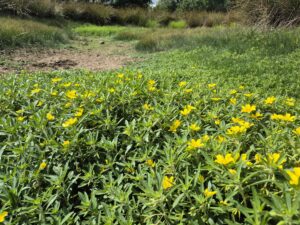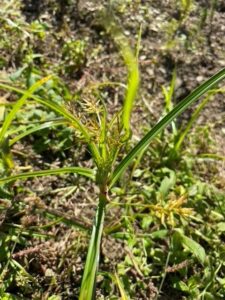In June 2024, the Ministry of the environment, climate and biodiversity published the Na tional Strategy for Invasive Alien Species. This strategy was drawn up by the Nature and Forestry Administration (ANF), in collaboration with a number of stakeholders, with the aim of preventing the introduction, establishment and management of these species through appropriate measures. The effectiveness of this strategy will be enhanced by the active participation of various stakeholders, including public authorities, local authorities, biological stations, hunters, fishermen, gardeners, landscapers and the general public.
tional Strategy for Invasive Alien Species. This strategy was drawn up by the Nature and Forestry Administration (ANF), in collaboration with a number of stakeholders, with the aim of preventing the introduction, establishment and management of these species through appropriate measures. The effectiveness of this strategy will be enhanced by the active participation of various stakeholders, including public authorities, local authorities, biological stations, hunters, fishermen, gardeners, landscapers and the general public.
To achieve this objective, the ANF is focusing on raising public awareness and getting the public actively involved in identifying and reporting IAS. The aim is to control their spread in the natural environment, in order to minimise their negative impact on biodiversity, ecosystem services, human health and the economy.
Page content last updated on 2024-06-26.






